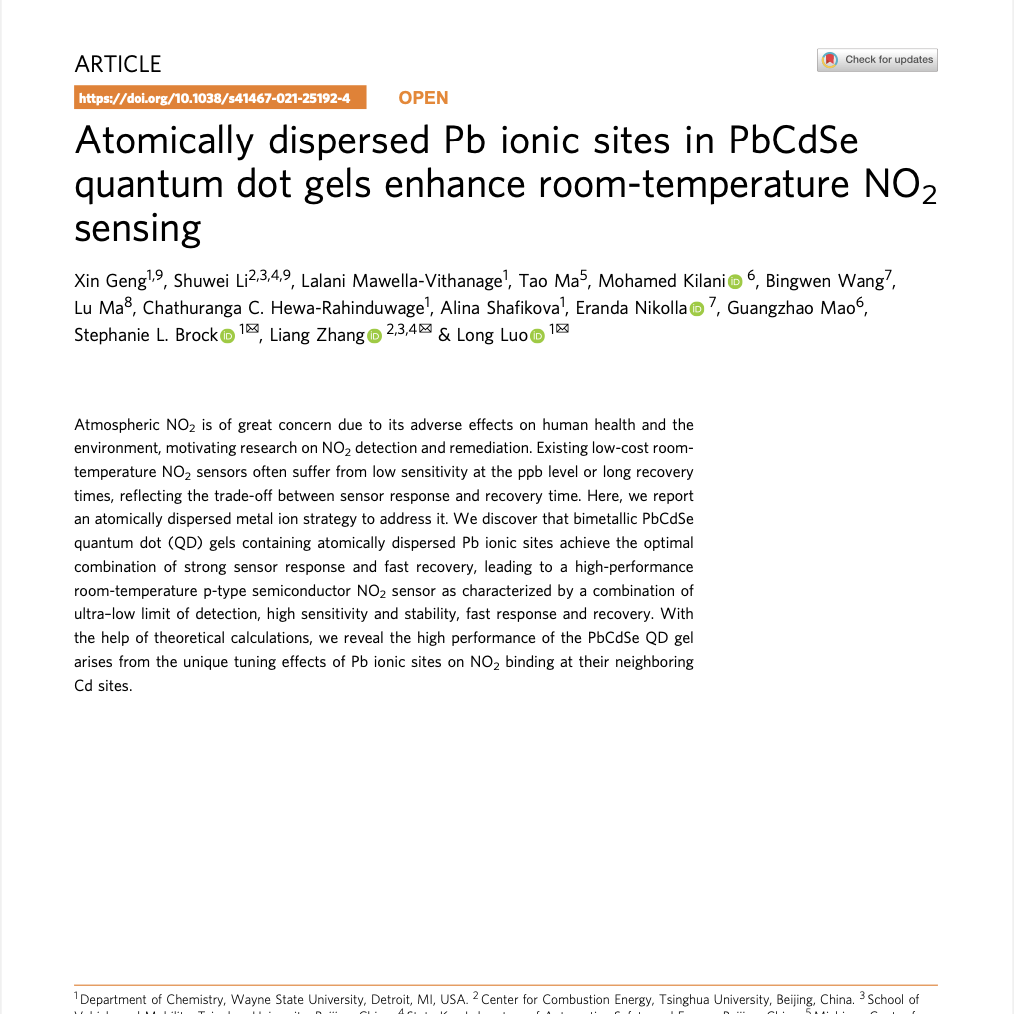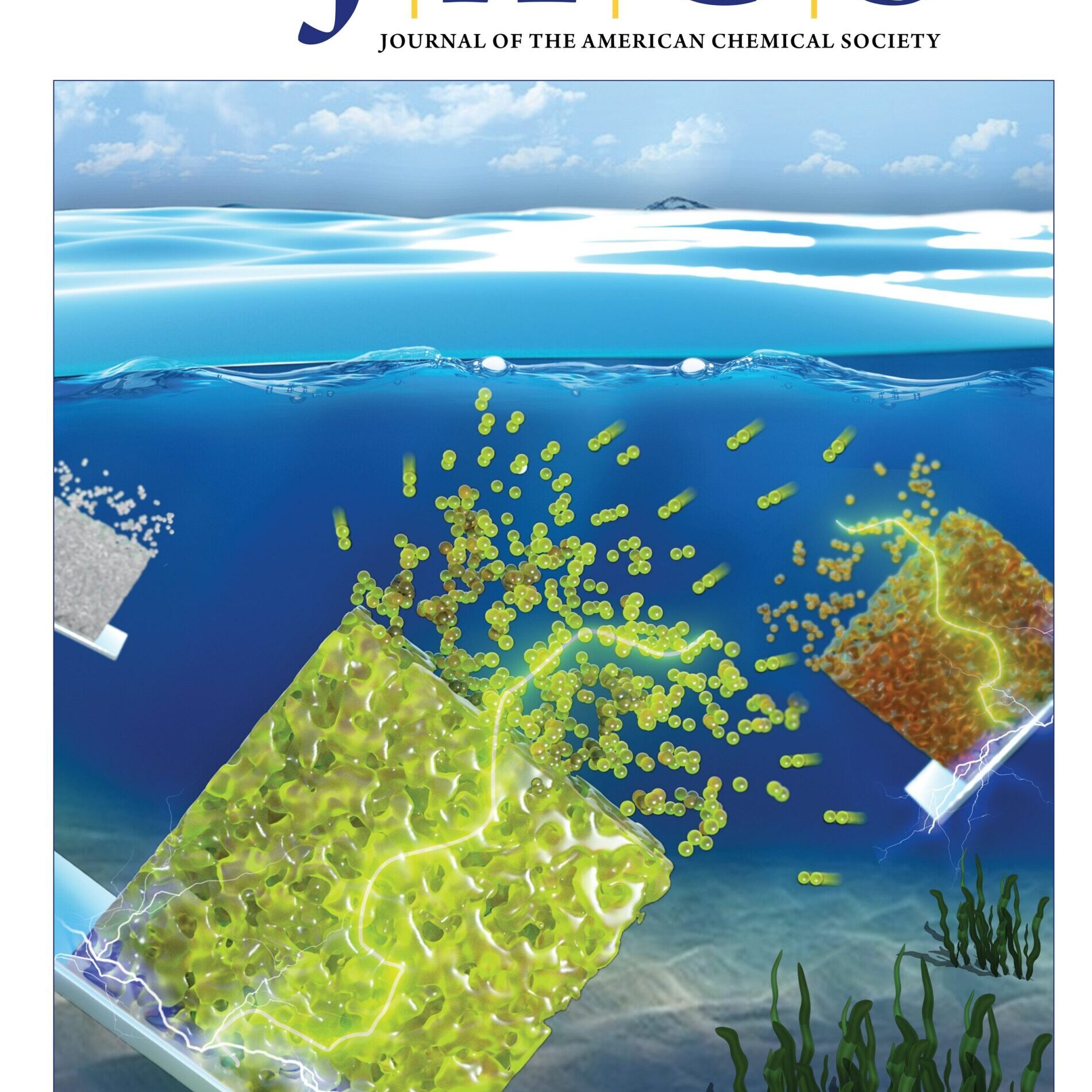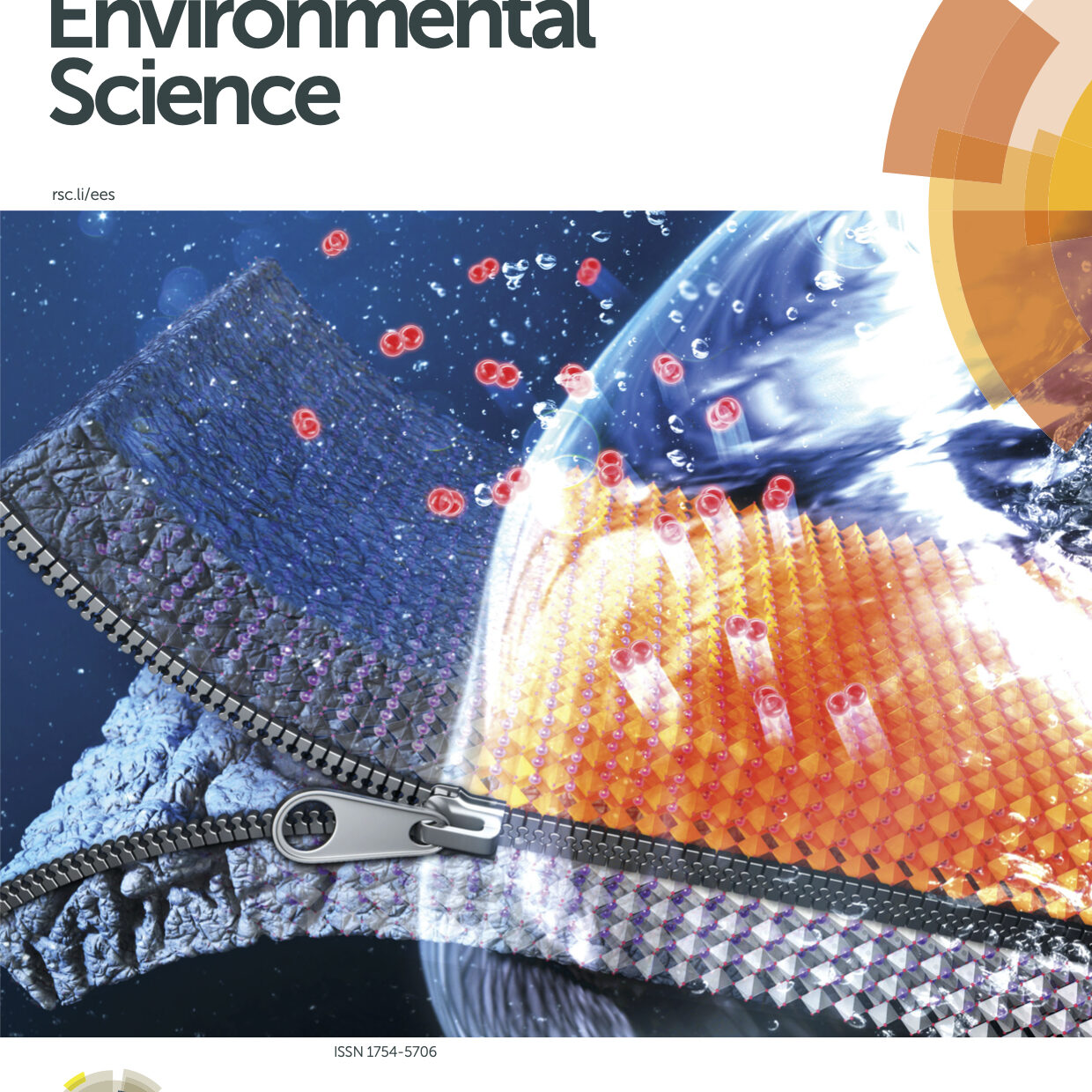Recently, it was theoretically predicted and experimentally validated that subsurface alloying of SrRuO3 (SRO) beneath the SrTiO3 (STO) capping layer can significantly promote the otherwise inert STO surface toward oxygen evolution [Akbashev et al. Energy Environ. Sci. 2018, 11, 1762−1769]. Herein, we provide a generalized framework behind the concept of subsurface alloying with different transition-metal dopants, host metal oxides, and doping levels. Based on density functional theory (DFT) calculations and detailed electronic-structure analysis, we first identify the electronic structure origin of the activation and stabilization phenomena and propose a tuning mechanism that enables the identification of candidate subsurface dopants in STO, with the highest activity for both oxygen and hydrogen evolution reactions. We then show that the proposed mechanism is applicable to subsurface alloys formed with other host materials such as SrZrO3, TiO2, and ZrO2. Finally, we propose a materials design scheme using partial subsurface alloying for more precise tuning of surface reactivity and activity. By generalizing the concept of subsurface alloying of metal oxides, our work explains why the SRO subsurface alloyed STO has among the highest OER enhancements and importantly provides a new route in tailoring the activity and stability of earth-abundant electrocatalysts for water splitting.







